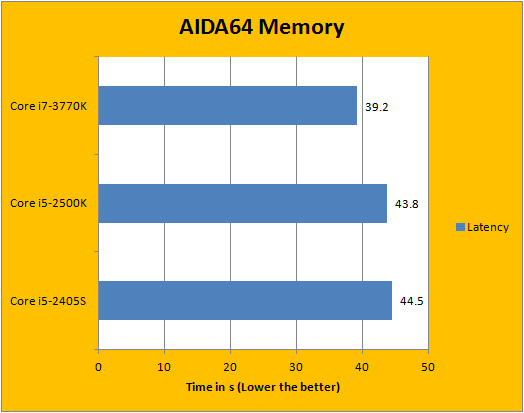Page 5 - Benchmark: AIDA64 Memory
About AIDA64 Extreme Edition
AIDA64 Extreme Edition is a streamlined Windows diagnostic and benchmarking software for home users. AIDA64 Extreme Edition provides a wide range of features to assist in overclocking, hardware error diagnosis, stress testing, and sensor monitoring. It has unique capabilities to assess the performance of the processor, system memory, and disk drives. AIDA64 is compatible with all current 32-bit and 64-bit Microsoft Windows operating systems, including Windows 7 and Windows Server 2008 R2.
AIDA64 implements a set of 64-bit benchmarks to measure how fast the computer performs various data processing tasks and mathematical calculations. Memory and cache benchmarks are available to analyze system RAM bandwidth and latency. Processor benchmarks utilize MMX, 3DNow! and SSE instructions, and scale up to 32 processor cores. For legacy processors all benchmarks are available in 32-bit version as well. AIDA64 Disk Benchmark determines the data transfer speed of hard disk drives, solid-state drives, optical drives, and flash memory based devices.
From: Developer's Page




We like to run AIDA64's memory benchmarks with CPU reviews, since all mainstream processors now have integrated memory controllers. This means an integral part of the CPU's capabilities are now put into appropriate evaluation, rather than examining how well the motherboard handles installed memory prior to 2008. Using an identical set of G.Skill Ares DDR3-1600 16GB kit with all three processors, the results were extremely close to each other. This made a lot of sense, as this battery of tests is not intended to be CPU speed dependent.
Page Index
1. Introduction and Specifications
2. Intel Core i7-3770K Architecture; Test System
3. Benchmark: AIDA64 CPU
4. Benchmark: AIDA64 FPU
5. Benchmark: AIDA64 Memory
6. Benchmark: BAPCo SYSmark 2012
7. Benchmark: PCMark 7
8. Benchmark: 3DMark 11
9. Benchmark: PassMark PerformanceTest 7.0
10. Benchmark: SuperPI 1M, Cinebench R11.5
11. Overclocking, Power Consumption, and Conclusion





